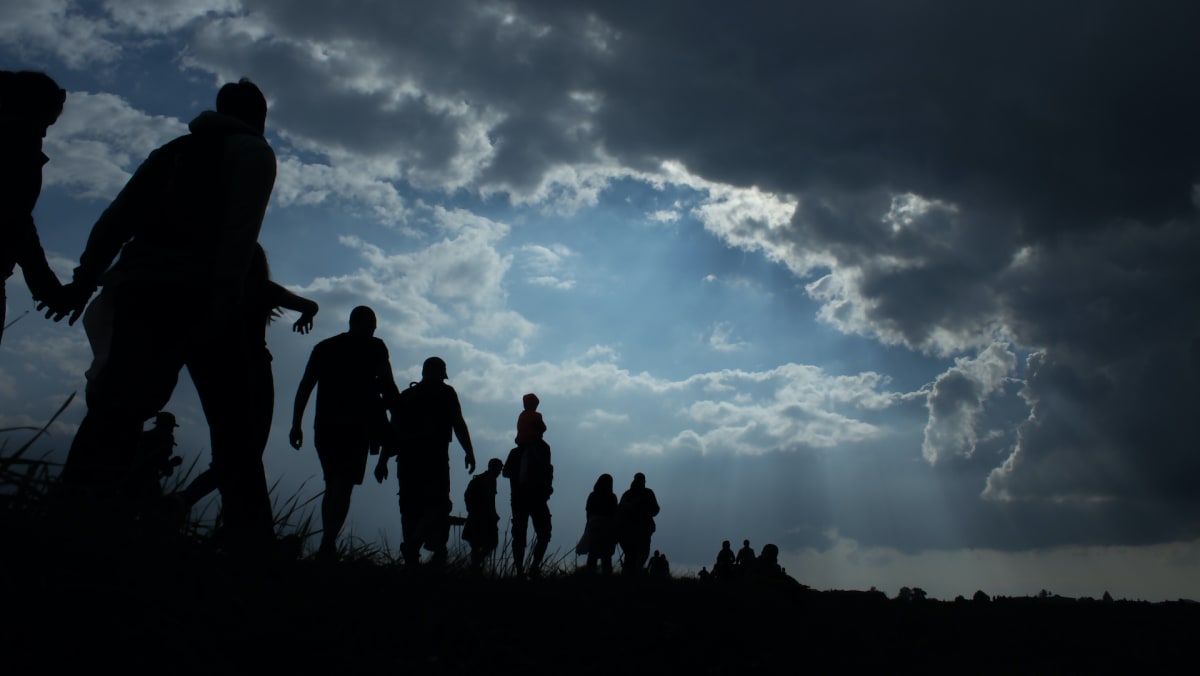
Energy and food shortages, inflation, rising cost of living, and cyberattacks are current calamities around the world that may be hampering humanity’s ability to solve other pressing long-term problems.
That’s from a recent report by the World Economic Forum, which annually lays out the biggest global risks of the next 2-10 years.
After 200 years of industrialization and increased productivity that lifted more people out of poverty than ever before, a pandora’s box of current crises has unfolded on the heels of a global pandemic leaving people scrambling.
The global “new normal” is now a return to basics -- a struggle to obtain food, energy, and security -- problems our globalized world was thought to be on a trajectory to solve, says the WEF’s 2023 Global Risks Report.
The report is based on a survey over 1,200 of the world’s foremost risk experts across academia, business, government, the international community and civil society. The survey was conducted between Sept. 7 and Oct. 5, 2022.
As the health and economic aftereffects of the pandemic have spiraled into compounding current problems, the world's collective focus is being channeled into putting out the fires, so to speak, of the most imminent crises: rising cost of living, social and political polarization, food and energy supply chains, tepid growth, and geopolitical confrontation, among others.
"Economies and societies will not easily rebound from continued shocks,” as the conflict between Russia and Ukraine drags on, the report says. More than four out of five survey respondents anticipated consistent volatility over the next two years.
“Yet much-needed attention and resources are being diverted from newly emerging or rapidly accelerating risks to natural ecosystems, human health, security, digital rights and economic stability that could become crises and catastrophes in the next decade,” the report says.
Global risk in the survey is defined as the possibility of the occurrence of an event or condition which, if it occurs, would negatively impact a significant proportion of global GDP, population or natural resources. Survey respondents were asked to consider components such as: the outlook of a risk, severity over the next decade, consequences, and risk preparedness, as well as identify new risks.
These are 30 of the most imminent threats to the world, ranked in order of greatest concern, that will likely have the most severe impact in the next two years, according to the 2023 Global Risks Report. They are categorized as societal, economic, environmental, technological and geopolitical.
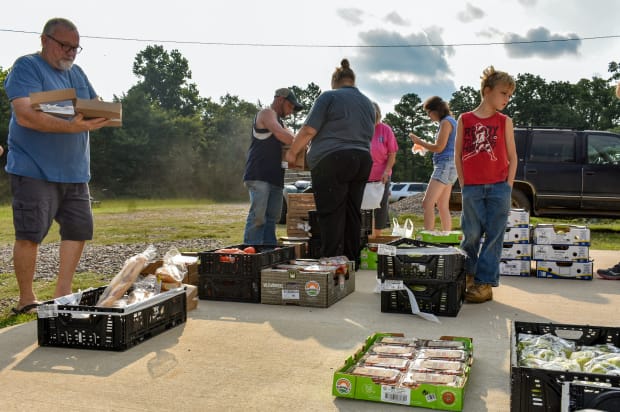
1. Cost-of-Living Crisis
Category: Societal
- A cost-of-living crisis is already here, with inflationary pressures disproportionately hitting those that can least afford it, the report says. Even before the pandemic, the price of basic necessities like food and housing were on the rise, and supply chains of energy and food were further disrupted by war between Russia and Ukraine. (Definition from the Global Risk Report.)
Above, groceries are given away at a local fire department in Black Fork, Arkansas, in 2021.
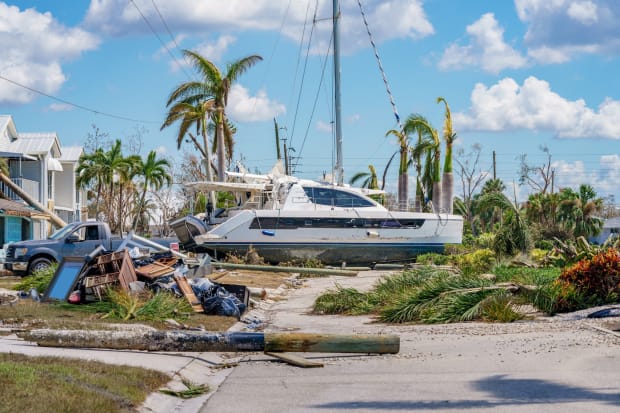
2. Natural Disasters and Extreme Weather Events
Category: Environmental
- Loss of human life, damage to ecosystems, destruction of property and/or financial loss at a global scale due to extreme weather events. This includes earthquakes, volcanos, wildfires, floods, heat-waves and even comet strikes and geomagnetic storms.
This threat was also ranked by respondents as the No. 3 long-term global risk over the next 10 years.
Pictured above is Fort Meyers, Florida, in the aftermath of Hurricane Ian.
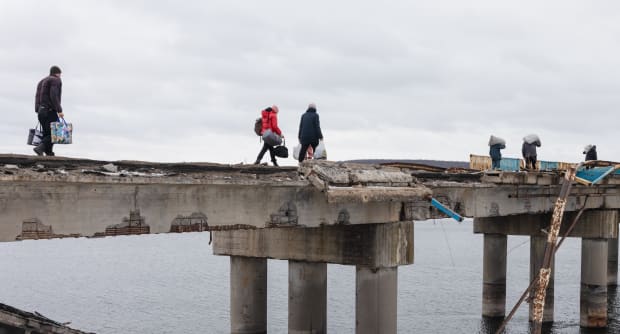
3. Geoeconomic Confrontation
Category: Geopolitical
- Deployment of economic levers by global or regional powers to decouple economic interactions between nations, restricting goods or services with the intent of gaining an advantage and consolidate spheres of influence. Includes currency measures, investment controls, sanctions, state aid and subsidies, and trade controls on energy, minerals and technology.
Already seen as a current crisis, this was also ranked the third-most severe risk over the next two years.
Above, locals cross a damaged pedestrian bridge in the Kharkiv region of Ukraine on the Russian border.

4. Failure to Mitigate Climate Change
Category: Environmental
- Failure of governments, businesses and individuals to enforce, enact or invest in effective climate-change mitigation measures, such as the decarbonization of economic activity.
This was also ranked the No. 1 global risk in the long-term, or next 10 years.
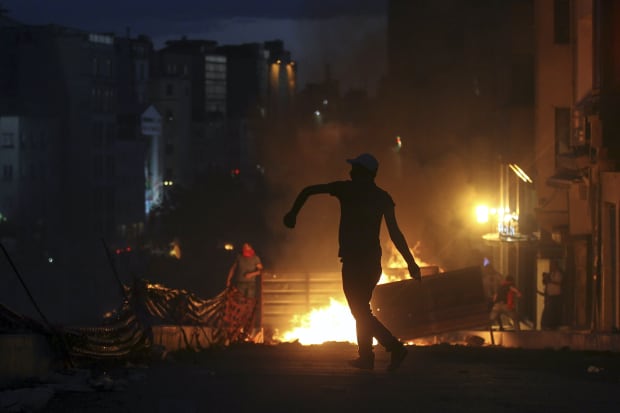
5. Erosion of Social Cohesion and Societal Polarization
Category: Societal
- Loss of social capital and fracturing of communities leading to declining social stability, individual and collective well-being and economic productivity. Includes persistent civil unrest, and actual or perceived inequalities in opportunities across age, income bracket, ethnicity and race, educational background, demographic characteristics, and political affiliation.
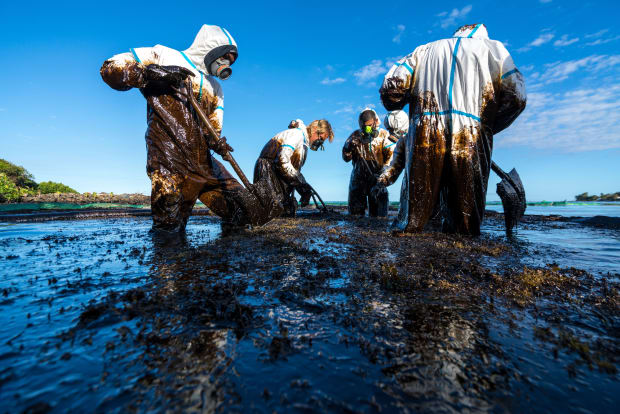
6. Large-Scale Environmental Damage Incidents
Category: Environmental
- Loss of human life, financial loss and/or damage to ecosystems as a result of human activity and/or failure to co-exist with animal ecosystems. This includes deregulation of industrial accidents, oil spills and radioactive contamination.
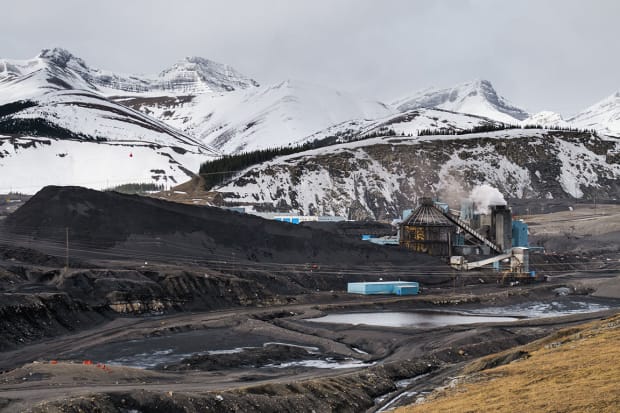
7. Failure of Climate-Change Adaption
Category: Environmental
- Failure of governments, businesses and individuals to enforce, enact or invest in effective climate-change measures to adapt to climate change, such as a lack of climate-resilient infrastructure.
This was ranked the No. 2 global risk in the next 10 years.
Pictured is a coal mine in Alberta, Canada.

8. Widespread Cybercrime and Cyber Insecurity
Category: Technological
- Increasingly sophisticated cyberespionage or cybercrimes. Includes, but is not limited to: loss of privacy, data fraud or theft, and cyber espionage.

9. Natural Resource Crises
Category: Environmental
- Severe commodity and natural resource supply shortages at a global scale as a result of human overexploitation and/or mismanagement of critical natural resources. Includes, but is not limited to: chemicals, food, minerals and water.
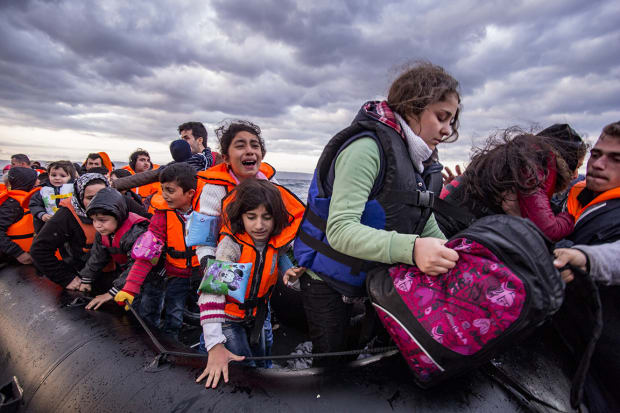
10. Large-Scale Involuntary Migration
Category: Societal
- Large-scale involuntary migration and displacement across or within borders, stemming from: persistent discrimination and persecution, lack of economic advancement opportunities, natural or human-made disasters, and internal or interstate conflict.
This was seen as the No. 5 biggest risk in the next 10 years.
Nicolas Economou / Shutterstock

11. Debt Crises
Category: Economic
- Corporate or public finances struggle to service debt accumulation, resulting in mass bankruptcies or insolvencies, liquidity crises or defaults and sovereign debt crises.
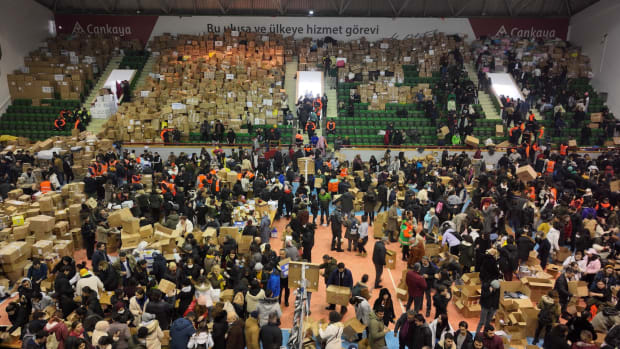
12. Failure to Stabilize Price Trajectories
Category: Economic
- Inability to control the general price level of goods and services, including commodities. Includes an unmanageable increase (inflation) or decrease (deflation) of prices.
Above, humanitarian aid is distributed in Ankara, Turkey, after a devastating earthquake in February, 2023. Turkey was already struggling with steep inflation, which peaked at 80% last October.
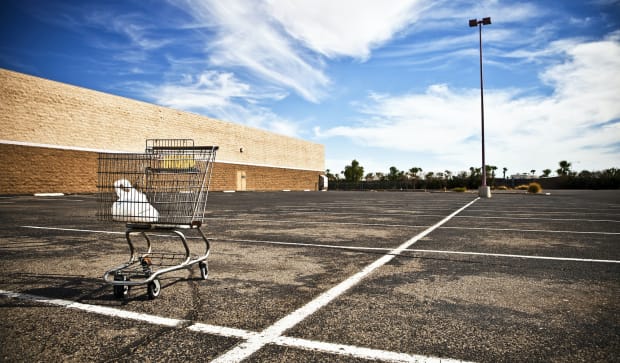
13. Prolonged Economic Downturn
Category: Economic
- Near-zero or slow global growth lasting for many years leading to periods of stagnation; or a global contraction (recession or depression).
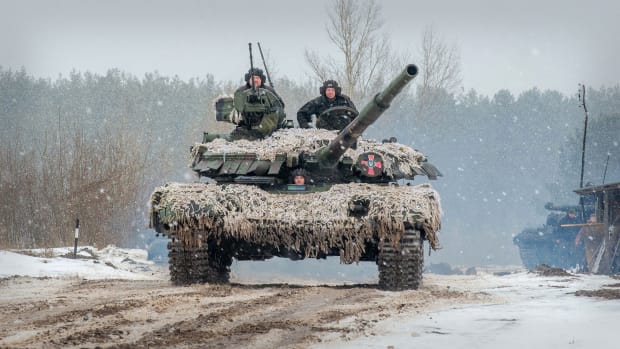
14. Interstate Conflict
Category: Geopolitical
- Belligerent bilateral or multilateral conflict between states manifesting as cyber attacks, proxy wars or hot war.
Sergey BOBOK / AFP) (Photo by SERGEY BOBOK/AFP via Getty Images
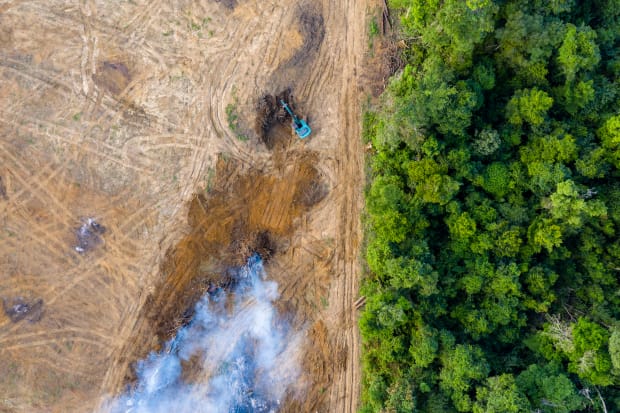
15. Ineffectiveness of Multilateral Institutions and International Cooperation
Category: Geopolitical
- Ineffectiveness of international cooperation mechanisms due to a weakening of global multilateral institutions or marked geopolitical fragmentation. Includes, but is not limited to processes that underpin coordination on: finance, the environment, humanitarian aid, health pandemics and trade.

16. Misinformation and Disinformation
Category: Societal
- Persistent false information (deliberate or otherwise) widely spread through media networks, shifting public opinion in a significant way towards distrust in facts and authority. Includes, but is not limited to, dissemination by: states, public figures, media organizations and networks of individuals.
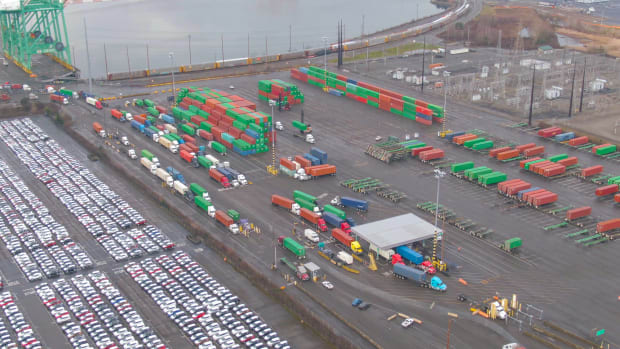
17. Collapse of a Systemically Important Industry or Supply Chain
Category: Economic
- Collapse of the supply chain can have an impact on the global economy, financial markets or society, leading to an abrupt shock to the supply and demand of systemically important goods and services at a global scale. Includes, but is not limited to: energy, food and fast-moving consumer goods.

18. Biodiversity Loss and Ecosystem Collapse
Category: Environmental
- Severe consequences for the environment, humankind and economic activity due to destruction of natural capital stemming from a result of species extinction or reduction spanning both terrestrial and marine ecosystems.
This was ranked as the No. 4 global risk in the next 10 years.
Biodiversity within and between ecosystems is already declining faster than at any other point during human history, the report says. Unlike other environmental risks, biodiversity loss and ecosystem collapse was not seen as pressing of a concern by survey respondents over the short term.
The result seems to be kicking the can down the road as we put out other fires.
"Over half of the world's economic output is estimated to be moderately to highly dependent on nature," the report says. "The collapse of ecosystems will have far-reaching economic and societal consequences."
These include: increased occurrence of zoonotic diseases, a fall in crop yields and nutritional value, growing water stress exacerbating potentially violent conflict, loss of livelihoods dependent on food systems and nature-based services like pollination, and ever more dramatic floods, sea-level rises and erosion from the degradation of natural flood protection systems like water meadows and coastal mangroves.
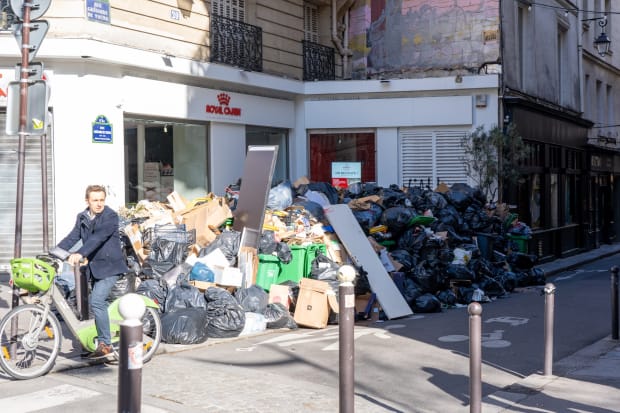
19. Employment Crises
Category: Societal
- Structural deterioration of work prospects or standards of work. Includes: erosion of workers' rights; stagnating wages; rising unemployment and underemployment; displacement due to automation; stagnant social mobility; and geographical or industry mismatches between labour supply and demand.
Above, piles of trash accumulate on the streets of Paris during a strike against pension reform in March 2023.

20. Infectious Diseases
Category: Societal
- Massive and rapid spread of viruses, parasites, fungi or bacteria that cause an uncontrolled contagion of infectious diseases, resulting in an epidemic or pandemic with loss of life and economic disruption. Includes zootic diseases, accidental or intentional releases of natural or man-made pathogens, the resurgence of pre-existing diseases due to lower levels of immunity, and the rise of antimicrobial resistance.
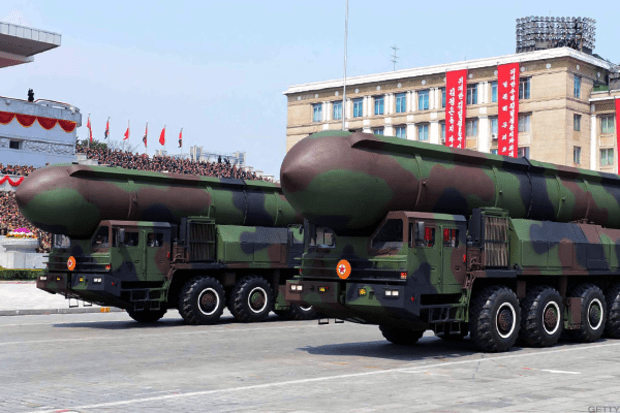
21. Use of Weapons of Mass Destruction
Category: Geopolitical
- Deployment of biological, chemical, cyber, nuclear, radiological or autonomous AI weapons, resulting in loss of life, destruction and/or international crises.

22. Asset Bubble Bursts
Category: Economic
- Prices for housing, investment funds, shares and other assets become increasingly disconnected from the real economy, leading to a severe drop in demand and prices. Includes, but is not limited to: cryptocurrencies, energy prices, housing prices, and stock markets.

23. Severe Mental Health Deterioration
Category: Societal
- Widescale spread of mental health disorders or rising inequality globally across multiple demographics, which negatively impacts well being, social cohesion and productivity. Includes anxiety, dementia, depression, loneliness and stress.

24. Breakdown of Critical Information Infrastructure
Category: Technological
- Deterioration, overload or shutdown of critical physical and digital infrastructure or services leading to the breakdown of internet, cellular devices, public utilities or satellites, stemming from cyberattacks, intentional or unintentional physical damage, or solar storms, etc.
Shutterstock

25. State Collapse or Severe Instability
Category: Geopolitical
- Collapse of a state with geopolitical significance due to the erosion of institutions and rule of law, internal civil unrest and military coups, or the effects of severe regional or global instability.
In the survey, over 12,000 respondents were also asked about the biggest threats to their individual countries, and state collapse was ranked No. 1 of 35 risks in both Peru and South Africa.
Above, protesters take to the streets in Lima, Peru, in January, 2023. The country has been in the throes of a political crisis since early December when President Pedro Castillo was removed from office.
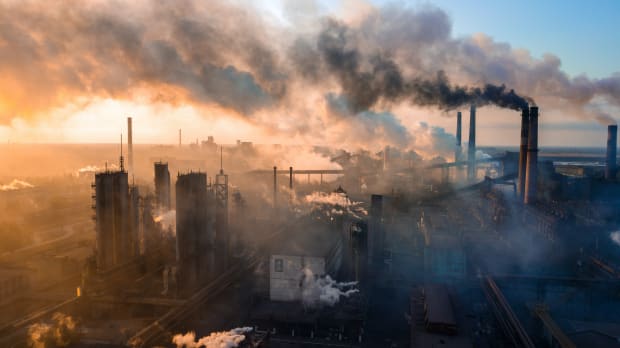
26. Chronic Diseases and Health Conditions
Category: Societal
- Widescale increase in chronic physical health conditions. Includes, but is not limited to, conditions linked to excessive consumption habits and economic activity that releases harmful pollutants in the air, water or food through agricultural, industrial and household practices.

27. Collapse or Lack of Public Infrastructure and Services
Category: Societal
- Non-existence, or widespread bankruptcy of social security systems and erosion of social security benefits, alongside inequitable or insufficient public infrastructure and services. Includes lack of disability and family benefits, as well as affordable and adequate housing, public education, child and elder care, healthcare, transportation systems and urban development.
Above, Greek pensioners crowd a bank when a pension crisis unfolded in the country in 2015. The government was forced by its international lenders to slash pensions more than 10 times to reduce state spending and meet its fiscal targets.
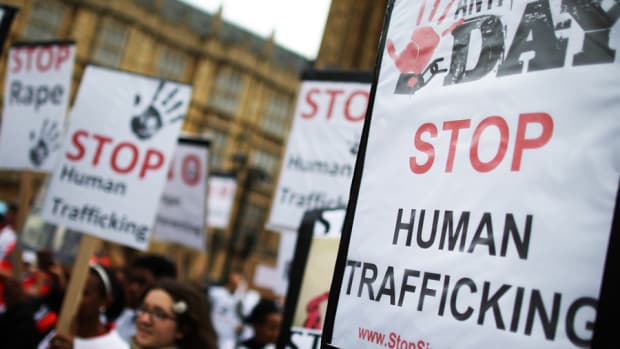
28. Proliferation of Illicit Economic Activity
Category: Economic
- Global proliferation of illicit economic activities and potential violence that undermine economic advancement and growth due to organized crime or the illicit activities of businesses. Includes illicit financial flows (e.g. tax evasion); and illicit trade and trafficking (e.g. counterfeiting, human trafficking, wildlife trade).

29. Digital Power Concentration
Category: Technological
- Concentration of critical digital assets, capabilities or knowledge among a small number of individuals, businesses or states that can control access to digital technologies and demand discretionary pricing. Stemming from, but not limited to, the failure of anti-trust regulation, inadequate investment in the innovation ecosystem, or state control over key technologies.
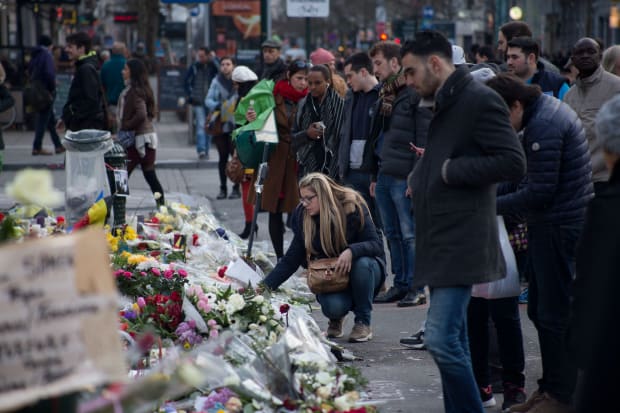
30. Terrorist Attacks
Category: Geopolitical
- Large-scale or persistent small-scale terrorist attacks carried out by non-state actors with ideological, political or religious goals, resulting in loss of life, severe injury or material damage caused by biological, chemical, nuclear or radiological weapons or other means.
Above, people leave flowers in memory of the victims of terrorist attacks that took place on March 22, 2016 in Belgium. Thirty-two people were killed by three suicide bombers in the attacks in Brussels.







